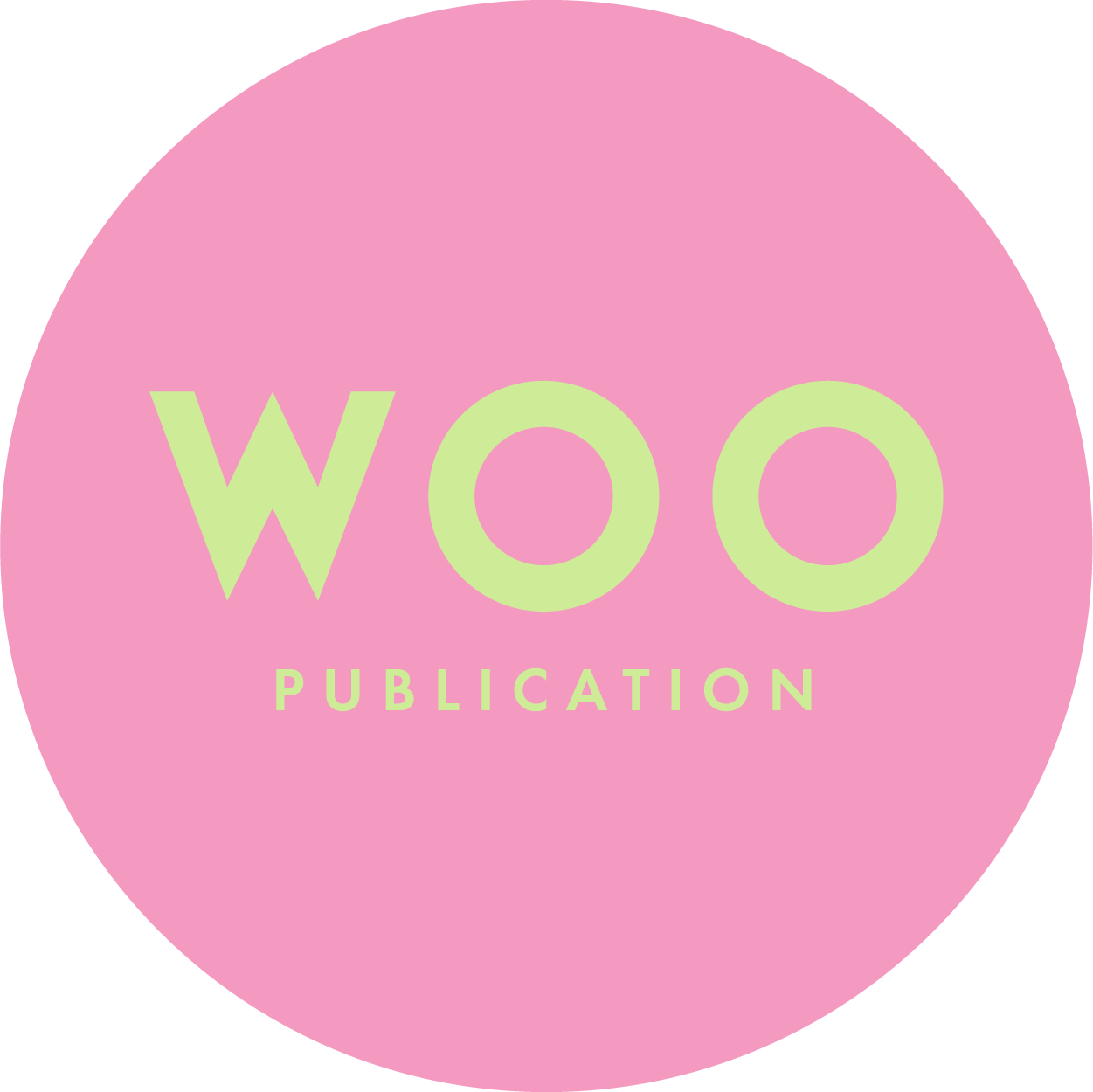Eighty-Seven Years: A Review of the Emily Carr Student Publication Archives

By Omar Linares
What follows is based on a limited survey of the overall corpus of the student publication archives comprised in the Emily Carr University Library; it is a vast yet incomplete record whose history is being written to this day; it is a history of the university through the perspective of its student community; in its pages emerges a time which allows to glimpse the evolution of the student community of what is now Emily Carr University.
Part I
The early years: Institutional founding and incipient autonomy
In 1926, a year after Charles H. Scott and others founded the Vancouver School of Decorative and Applied Arts, the Art Students Club published the annual The Paintbox (1926-1930). Lasting at least until 1930, this first student publication served as an archetype for many later student papers of the thirties and forties, displaying three features prevalent until the newsletter form of the late 70’s.
First of these features was the proximity with the school’s authorities; many faculty and staff not only contributed to the publication (among them Charles H. Scott), but through the student paper they promoted the school and advocated for funding and facilities (in tandem with other community activities like the annual “Beaux Arts Ball”). Second, likely also ), The Paintbox often displayed the artistic work of students by sections, year, and department; this focus on display of the school’s work would prevail for later publications until the late 70’s and would be re-taken later in the 2000’s.Third, promotional aims were also manifest in the publication’s design and aesthetic trends, markedly in the adaptation and use of many First Nations art and lore, a motif found until the late forties. It should be added that in the case of The Paintbox, the incorporation of indigenous aesthetics was part of proposals for the branding of British Columbia products (vols. 2 and 3); however, despite this ample use of indigenous imagery, First Nations peoples appear marginalized—one editor of volume two (1927) declared that “the younger generation of Indians in B.C. have not the ability or the inclination to carry on the work of their forefathers” (Cianci).
For those that were not excluded, The Paintbox’s promotional efforts seem to have fostered an inclusive community that represented all of the school’s departments; this integration of the community appears feasible when considering the relatively small number of students, the school’s recent foundation, and the presence of its founders. This collaboration between members may be further appreciated in the artisanal craft of many volumes of The Paintbox which, although was sold to the public and included advertisements, featured handmade prints and a stylized finish for its cover and sepia tone pages.

Behind the Palette (1935-1947?), The Paintbox’s successor, followed most of the mentioned features yet its first two volumes (1935-1936) showed increasing student autonomy. Like the fifth volume of The Paintbox (1930), the first volumes of Behind the Palette (1935-1936) appear to have catered to the student community than to promotion of the then Vancouver School of Art. For instance, there are more articles of general interest, less contributions by faculty, no advertisements, less pages, cheaper production format, and a higher frequency of publication (at least four issues for volume two). The format of these early Behind the Palette volumes also changed, corresponding more to a magazine with informative functions than to prior and later annuals of elaborate craft. Nonetheless, this change in format and aims was short-lived; the next archived volumes of Behind the Palette (1939-1947, of unknown issue number or volume) retook The Paintbox’s original approach. They were published annually, had advertisement sections, were of elaborate manufacture, and contained more staff contributions. These changes, although not necessarily negative, do point to the degree by which the publication ceased to be made by-and-for the students and was rather part of the institution.
Emblematic of this return to institutional sponsorship was the 1946-1947 volume of Behind the Palette. Perhaps the most “historical” of the early student publications, in this volume several faculty and staff wrote on the state of the arts in British Columbia, on incipient theories of art cinema, on painter Emily Carr, and other topics; meanwhile the editorial provided insight on the post-war context and the school’s growth with many veterans enrolling at the school.
Following the trend of institutional proximity was the alumni newsletter The Smockpocket (1935-1938[?]); among its concerns was that of retaining alumni ties to the Vancouver School of Art (for example Charles H. Scott was honorary president of the newsletter). As a newsletter The Smockpocket kept a network of former students, informed on their careers and lives, and on venues for the display of their artwork (like the “BC Annual Painting Exhibition”). It is unknown when was the last newsletter published, yet plans for its enhancement are mentioned in the final archived copy (#4, 1938).
In contrast to what could be termed institutional student publishing, 1957 saw another attempt of student autonomy in the magazine Toucan.
(to be continued…)
